Home>Furniture & Design>Interior Design Trends>How Much Sugar Is In A Glass Of Champagne
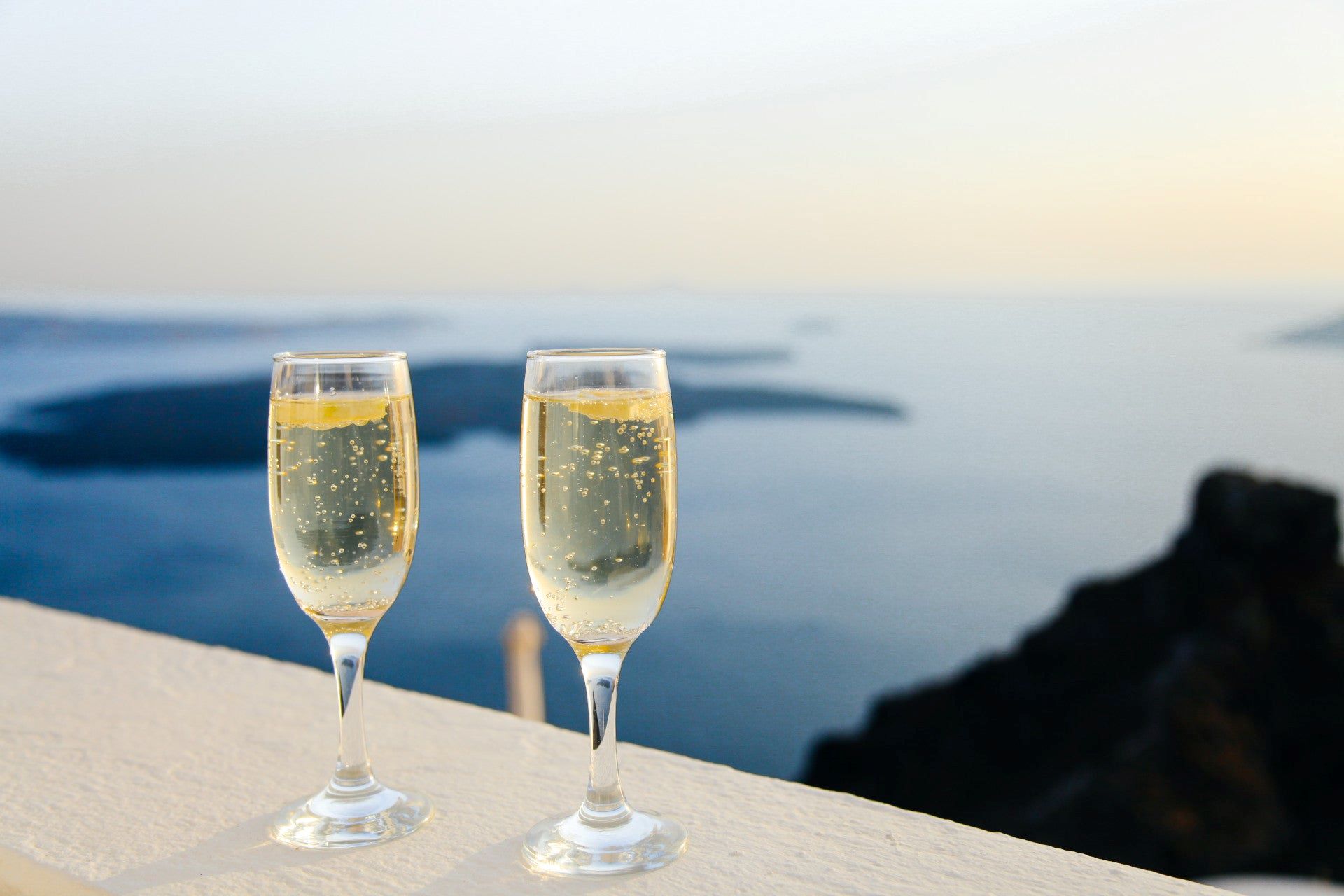

Interior Design Trends
How Much Sugar Is In A Glass Of Champagne
Published: February 7, 2024
Discover the latest interior design trends and learn how much sugar is in a glass of champagne. Explore the perfect balance of style and indulgence.
(Many of the links in this article redirect to a specific reviewed product. Your purchase of these products through affiliate links helps to generate commission for Storables.com, at no extra cost. Learn more)
Introduction
Champagne, the epitome of celebration and luxury, has long been a symbol of joyous occasions and refined taste. From toasts at weddings to New Year's Eve revelries, the effervescent allure of champagne has captured the hearts of people around the world. However, beyond its sparkling charm lies a topic that often piques curiosity: the sugar content in a glass of champagne.
Understanding the sugar content in champagne is essential for both connoisseurs and casual enthusiasts. It not only sheds light on the beverage's flavor profile but also holds implications for health-conscious individuals. As we delve into the intricacies of champagne, we will explore the impact of sugar on its taste, the health considerations associated with sugar content, and the broader implications for those who savor this beloved libation.
The allure of champagne extends far beyond its effervescence; it embodies a rich tapestry of history, tradition, and craftsmanship. By unraveling the mysteries of its sugar content, we embark on a journey to appreciate champagne in a more nuanced and informed manner. Let's embark on this delightful exploration to uncover the secrets that lie within the bubbles of this beloved beverage.
Key Takeaways:
- Champagne’s sugar content ranges from bone-dry to lusciously sweet, shaping its taste and mouthfeel. Understanding this empowers enthusiasts to make informed choices based on their flavor preferences.
- The sugar in champagne affects its caloric density and potential health implications. Mindful consumption and informed choices allow for responsible indulgence while prioritizing well-being.
Read more: How Much Sugar Is In A Glass Of Cabernet
The Sugar Content in Champagne
The sugar content in champagne, often referred to as dosage, plays a pivotal role in shaping the flavor profile of this beloved sparkling wine. It is a defining factor that contributes to the diverse spectrum of sweetness levels found in different champagne varieties. Understanding the terminology associated with sugar content in champagne is essential for enthusiasts and sommeliers alike, as it provides valuable insights into the taste and style of the wine.
Champagne producers carefully calibrate the sugar content during the final stages of production to achieve a desired level of sweetness. This is achieved through the addition of a mixture known as the liqueur d'expédition, which comprises a blend of sugar and reserve wine. The amount of sugar added at this stage determines the champagne's sweetness, ranging from bone-dry to lusciously sweet.
The sugar content in champagne is categorized into several key styles, each offering a distinct sensory experience:
-
Brut Nature (0-3 grams per liter): Also known as Ultra Brut or Brut Zero, this style contains minimal to no added sugar, resulting in an exceptionally dry and crisp taste. It showcases the purest expression of champagne, allowing the natural characteristics of the grapes and terroir to shine through.
-
Extra Brut (0-6 grams per liter): With a minimal dosage, Extra Brut champagne exudes a bone-dry profile, offering a tantalizing interplay of acidity and minerality. This style appeals to those who appreciate a sharp, austere palate.
-
Brut (0-12 grams per liter): The most widely consumed style of champagne, Brut strikes a harmonious balance between dryness and subtle sweetness. It is celebrated for its versatility, making it a popular choice for various occasions.
-
Extra Dry (12-17 grams per liter): Contrary to its name, Extra Dry champagne actually contains a touch of sweetness, rendering a slightly richer and more rounded flavor profile. It presents a delicate sweetness that complements certain culinary pairings.
-
Sec (17-32 grams per liter): Despite its name, Sec champagne is sweeter than the aforementioned styles, offering a noticeable sweetness that appeals to those with a penchant for a more pronounced sugary character.
-
Demi-Sec (32-50 grams per liter): This style embodies a noticeably sweet disposition, making it an ideal accompaniment to desserts or as a standalone indulgence. Its luscious sweetness and creamy texture make it a decadent choice for those with a sweet tooth.
Understanding the sugar content in champagne empowers enthusiasts to make informed choices based on their flavor preferences. Whether one savors the crisp austerity of an Extra Brut or indulges in the opulent sweetness of a Demi-Sec, the sugar content in champagne serves as a compass for navigating the diverse landscape of this effervescent delight.
Impact of Sugar on Champagne Taste
The sugar content in champagne exerts a profound influence on its taste, contributing to the nuanced spectrum of flavors that captivate the palate. As the dosage, or sugar level, varies across different champagne styles, it imparts distinctive sensory profiles that range from bone-dry to lusciously sweet.
In bone-dry champagne styles such as Brut Nature and Extra Brut, the minimal to nonexistent sugar content accentuates the wine's crisp acidity and vibrant minerality. This results in a palate that is refreshingly austere, allowing the natural characteristics of the grapes and the terroir to take center stage. The absence of perceptible sweetness in these styles creates a laser-focused taste experience, characterized by a bracing acidity that invigorates the senses.
Conversely, champagne styles with higher sugar content, such as Sec and Demi-Sec, offer a markedly sweeter disposition that transforms the tasting experience. The presence of residual sugar softens the wine's acidity, imparting a luscious sweetness that envelops the palate. This sweetness introduces a layer of opulence and roundness, creating a velvety texture that lingers on the tongue. The interplay of sugar and acidity in these styles results in a harmonious balance, where the inherent fruitiness of the champagne is accentuated, culminating in a sumptuous and indulgent tasting experience.
The impact of sugar on champagne taste extends beyond mere sweetness, influencing the overall sensory perception of the wine. The dosage plays a pivotal role in shaping the champagne's mouthfeel, contributing to its texture and body. In drier styles, the absence of sugar allows the wine's effervescence to take center stage, creating a lively and invigorating sensation on the palate. On the other hand, sweeter styles exhibit a more pronounced creaminess, imparting a luxurious and velvety mouthfeel that enhances the overall drinking experience.
Furthermore, the interplay of sugar and acidity in champagne styles influences the wine's aromatic profile, with sweeter styles often showcasing a more pronounced bouquet of ripe fruits and floral notes. This aromatic richness adds a layer of complexity to the tasting experience, enticing the senses with a symphony of fragrant nuances.
In essence, the sugar content in champagne serves as a masterful conductor, orchestrating a symphony of flavors, textures, and aromas that define the tasting journey. From the electrifying austerity of bone-dry styles to the opulent sweetness of lusciously sweet varieties, the impact of sugar on champagne taste is a captivating exploration of sensory delight.
A standard glass of champagne (4 oz) contains about 1-2 grams of sugar. If you’re looking to reduce your sugar intake, opt for brut or extra brut champagne, which have lower sugar content.
Health Considerations
When savoring the effervescent allure of champagne, it is essential to consider the health implications associated with its sugar content. While the indulgence of a glass of champagne brings moments of joy and celebration, it is prudent to be mindful of the impact of sugar on overall well-being.
The sugar content in champagne directly correlates with its caloric density, as sugar contributes to the wine's overall energy content. For individuals mindful of their caloric intake, particularly those adhering to specific dietary regimens, understanding the sugar content in champagne is crucial. The varying levels of sweetness across champagne styles translate to differing caloric values, with sweeter styles containing higher sugar content and, consequently, more calories per serving.
Moreover, the consumption of sugary beverages, including champagne, has been linked to potential health concerns, particularly in the context of excessive or frequent intake. High sugar intake has been associated with an increased risk of various health conditions, including obesity, type 2 diabetes, and cardiovascular diseases. Therefore, individuals with specific health considerations or dietary restrictions may opt for drier champagne styles with lower sugar content to align with their wellness goals.
It is important to note that the impact of sugar on health extends beyond caloric considerations. The presence of residual sugar in champagne can influence blood sugar levels, making it a factor of concern for individuals managing conditions such as diabetes. Understanding the sugar content in champagne empowers individuals to make informed choices that align with their health needs and preferences.
Furthermore, the potential effects of sugar on dental health should not be overlooked. The presence of sugar in champagne, particularly in sweeter styles, can contribute to dental issues such as tooth decay and enamel erosion. Practicing moderation and mindful consumption can help mitigate these concerns, allowing individuals to savor champagne responsibly while prioritizing their oral health.
In essence, while champagne undoubtedly holds a place of delight and indulgence in celebratory moments, it is essential to approach its consumption with a balanced perspective. Understanding the sugar content in champagne and its implications for health empowers individuals to make conscious choices that align with their well-being, ensuring that the effervescent pleasures of champagne are savored responsibly and in harmony with personal health considerations.
Conclusion
In conclusion, the sugar content in champagne is a multifaceted aspect that intricately weaves together the sensory allure, health considerations, and nuanced artistry of this beloved sparkling wine. From the bone-dry austerity of Brut Nature to the opulent sweetness of Demi-Sec, the diverse spectrum of champagne styles offers a captivating journey through the interplay of sugar, taste, and well-being.
Understanding the sugar content in champagne empowers enthusiasts to navigate the rich tapestry of flavors and textures, enabling them to make informed choices that resonate with their palate preferences. The impact of sugar on champagne taste is a symphonic orchestration, shaping the wine's acidity, mouthfeel, and aromatic profile, culminating in a sensory experience that captivates the senses and delights the palate.
Moreover, the health considerations associated with sugar content in champagne underscore the importance of mindful consumption and informed decision-making. By acknowledging the caloric implications and potential health effects of sugar, individuals can approach the indulgence of champagne with a balanced perspective, aligning their choices with their well-being and dietary preferences.
As we raise our glasses to celebrate life's moments, from joyous milestones to cherished gatherings, the sugar content in champagne serves as a silent yet influential companion, enriching the tasting experience and prompting contemplation on the delicate interplay of indulgence and health consciousness.
In essence, the sugar content in champagne transcends mere numerical values; it embodies a narrative of craftsmanship, taste, and well-being, inviting enthusiasts to embark on a sensorial odyssey that celebrates the artistry of champagne while honoring the importance of mindful consumption. With each effervescent sip, the symphony of flavors and the subtle dance of sugar on the palate remind us that the allure of champagne extends far beyond its bubbles, encapsulating a world of sensory delight and thoughtful indulgence.
Frequently Asked Questions about How Much Sugar Is In A Glass Of Champagne
Was this page helpful?
At Storables.com, we guarantee accurate and reliable information. Our content, validated by Expert Board Contributors, is crafted following stringent Editorial Policies. We're committed to providing you with well-researched, expert-backed insights for all your informational needs.
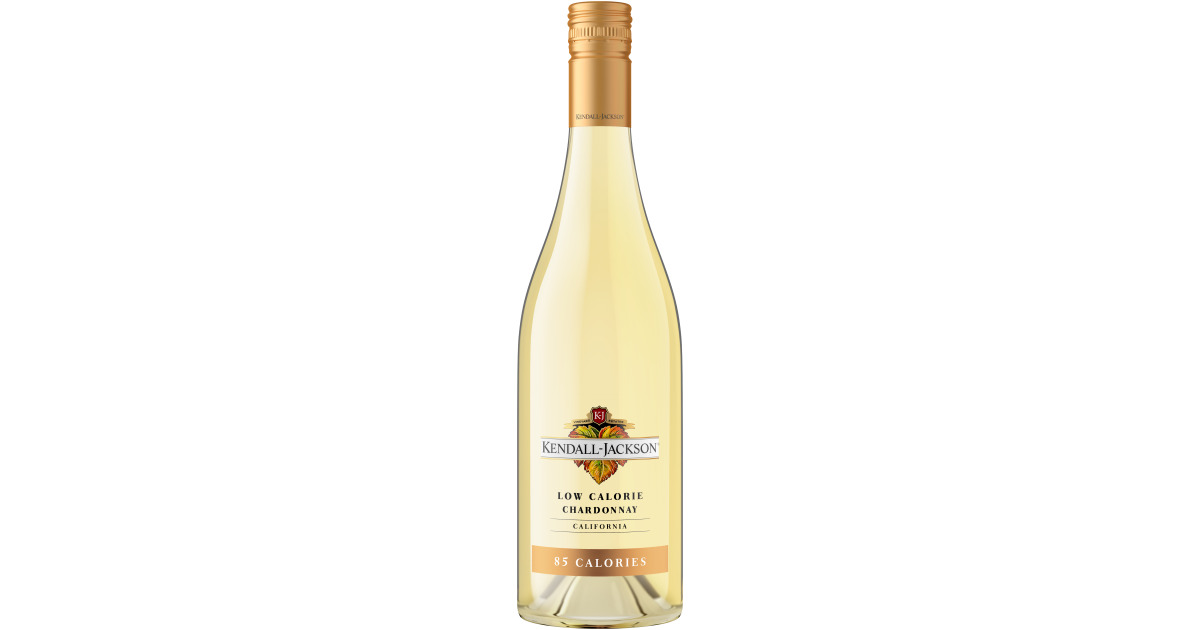
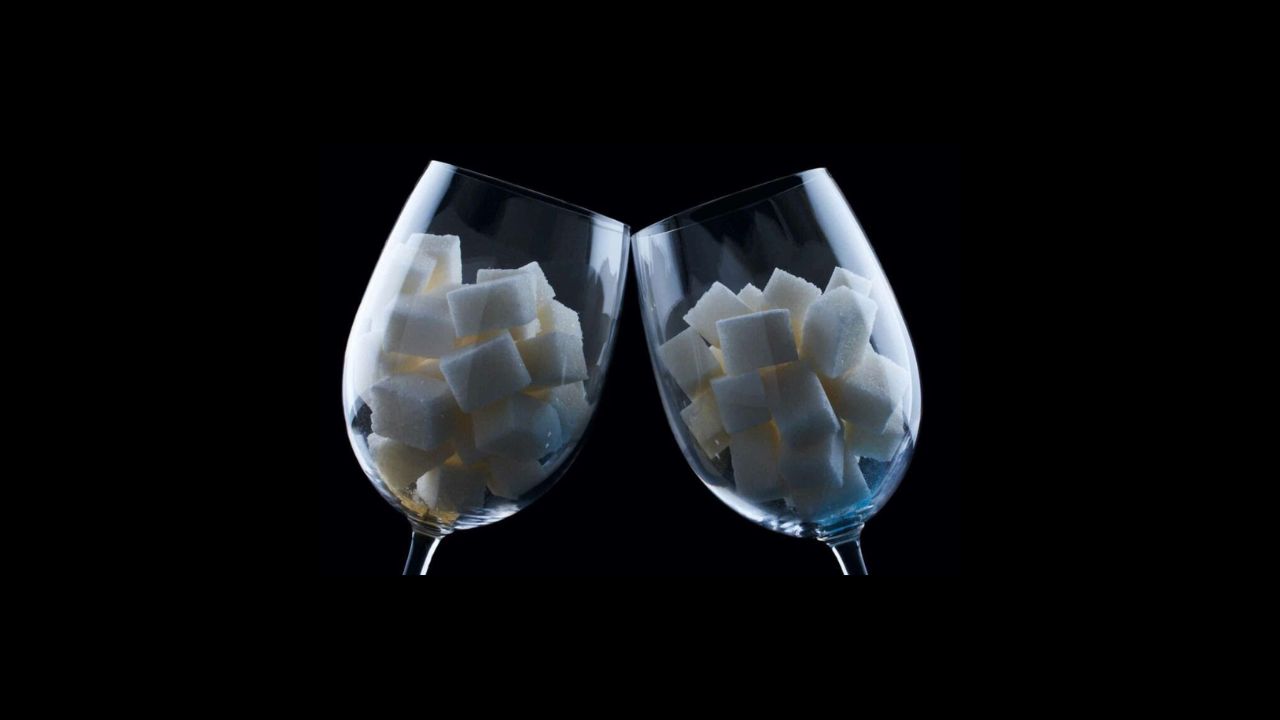
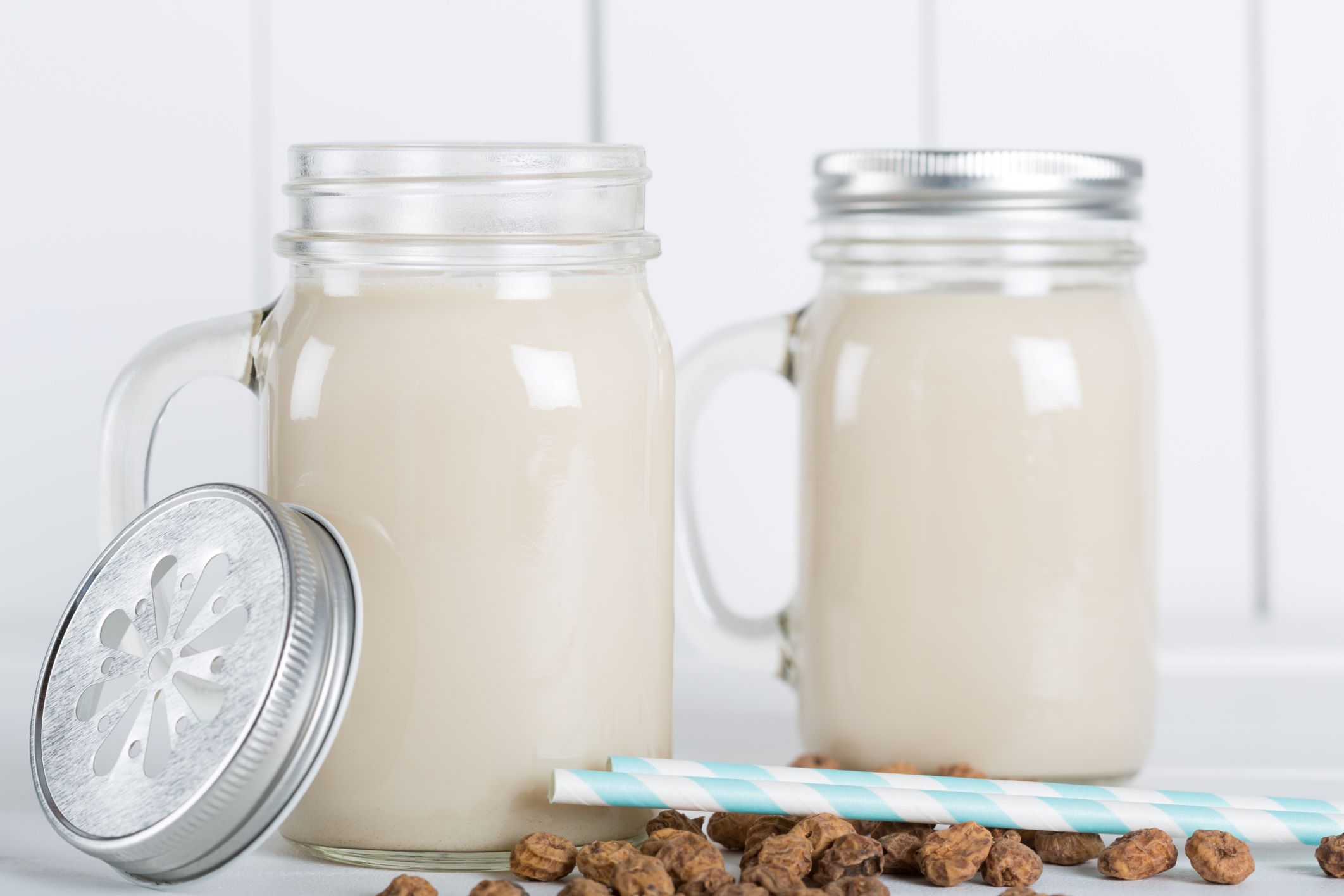
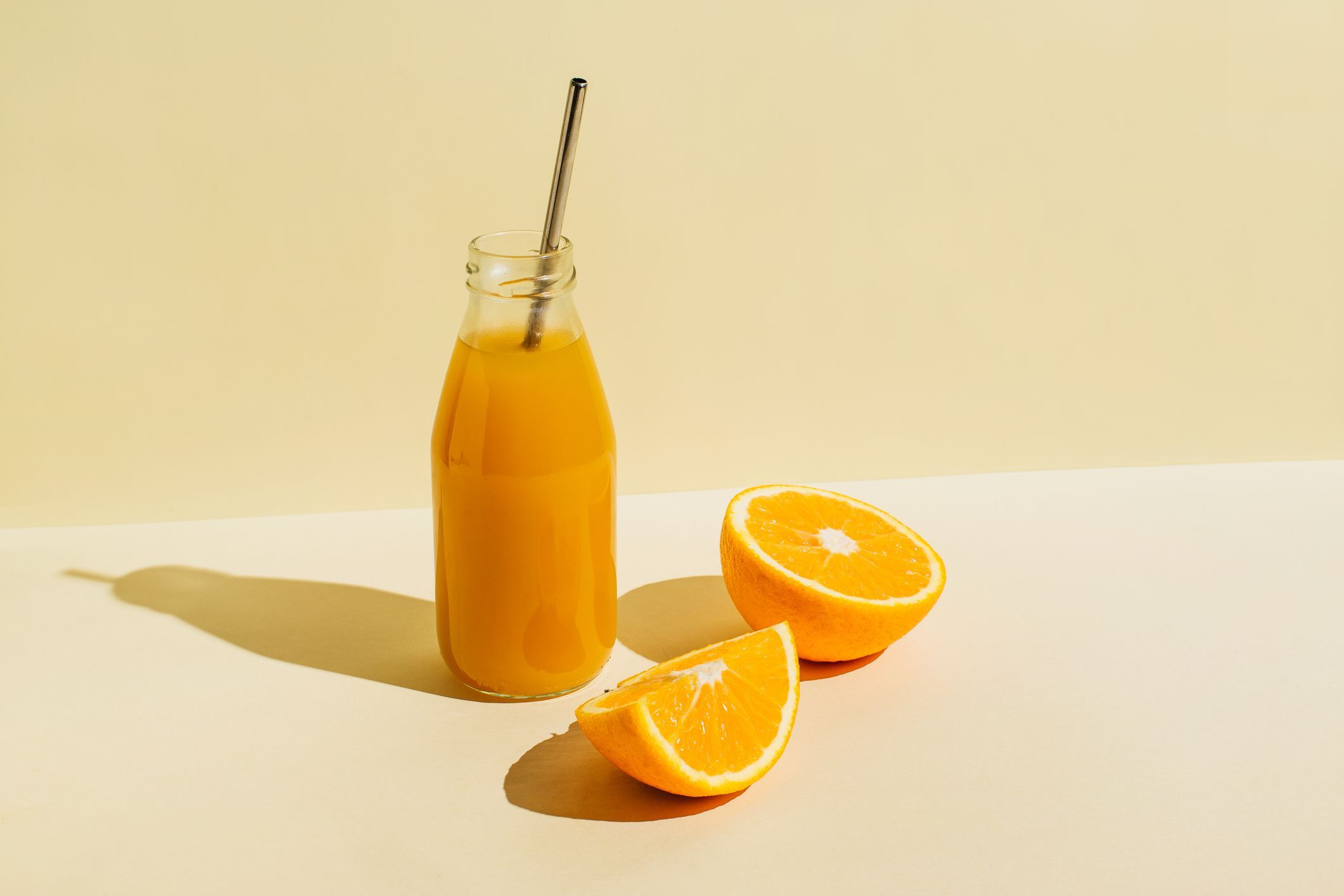
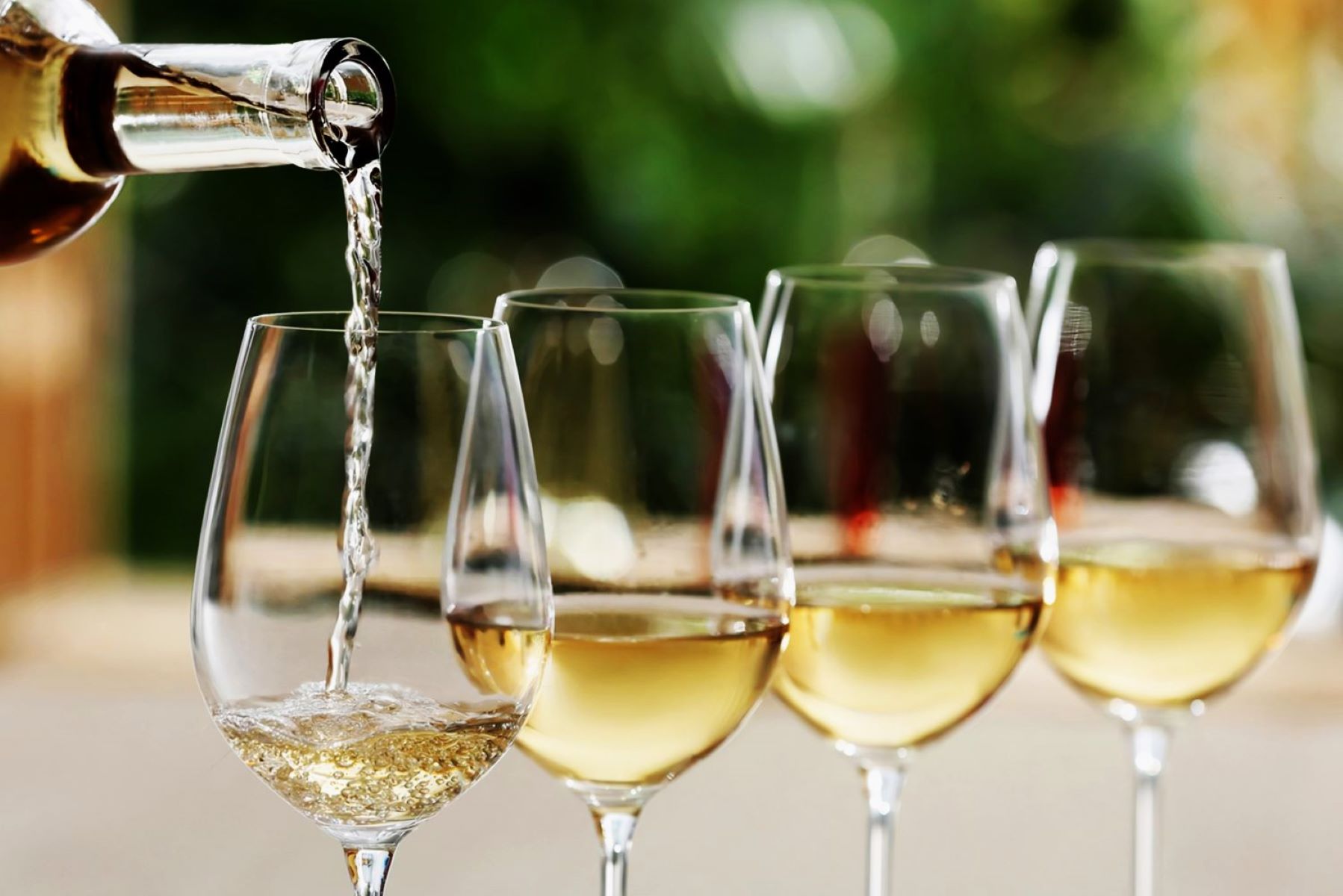
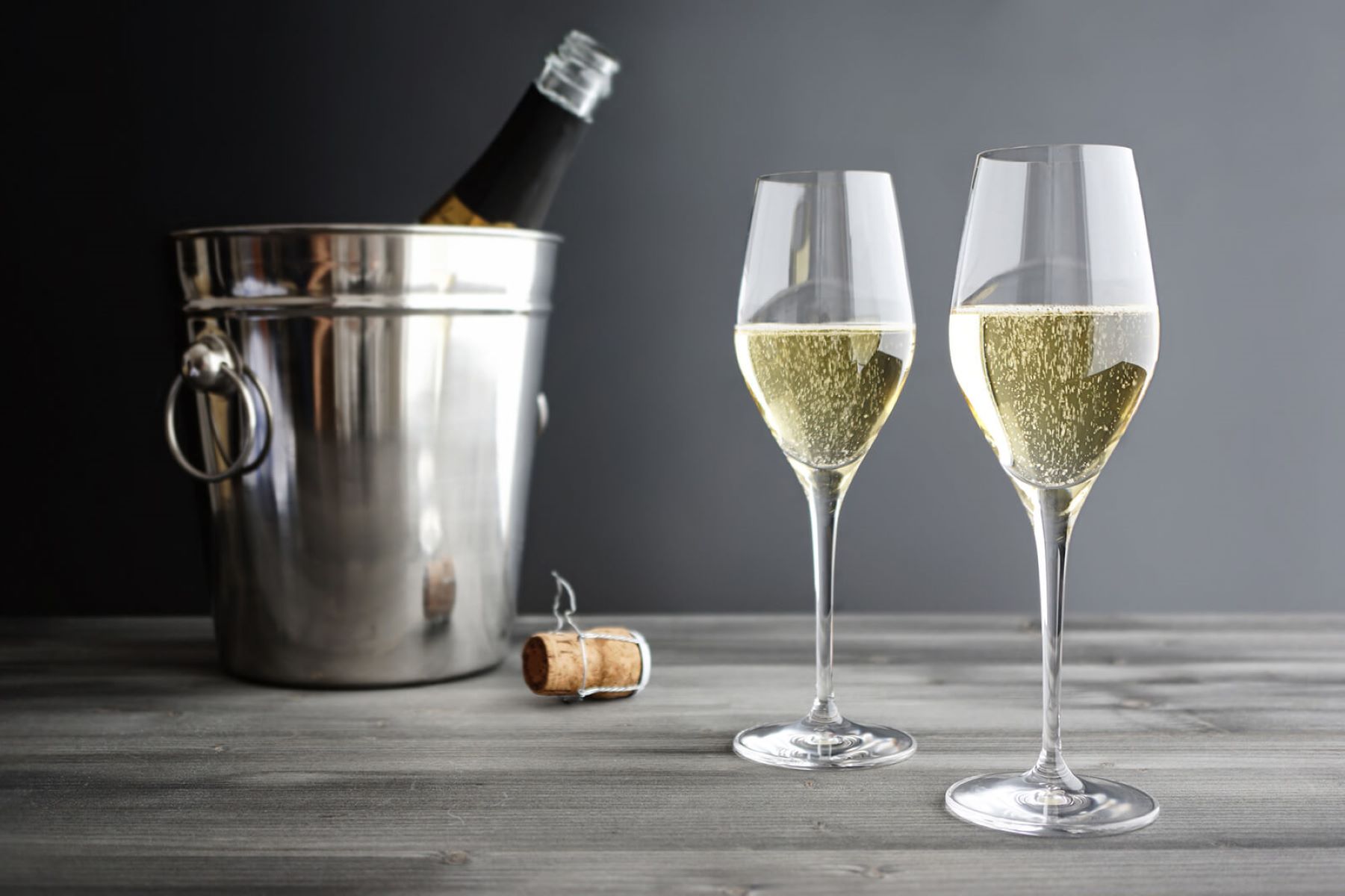
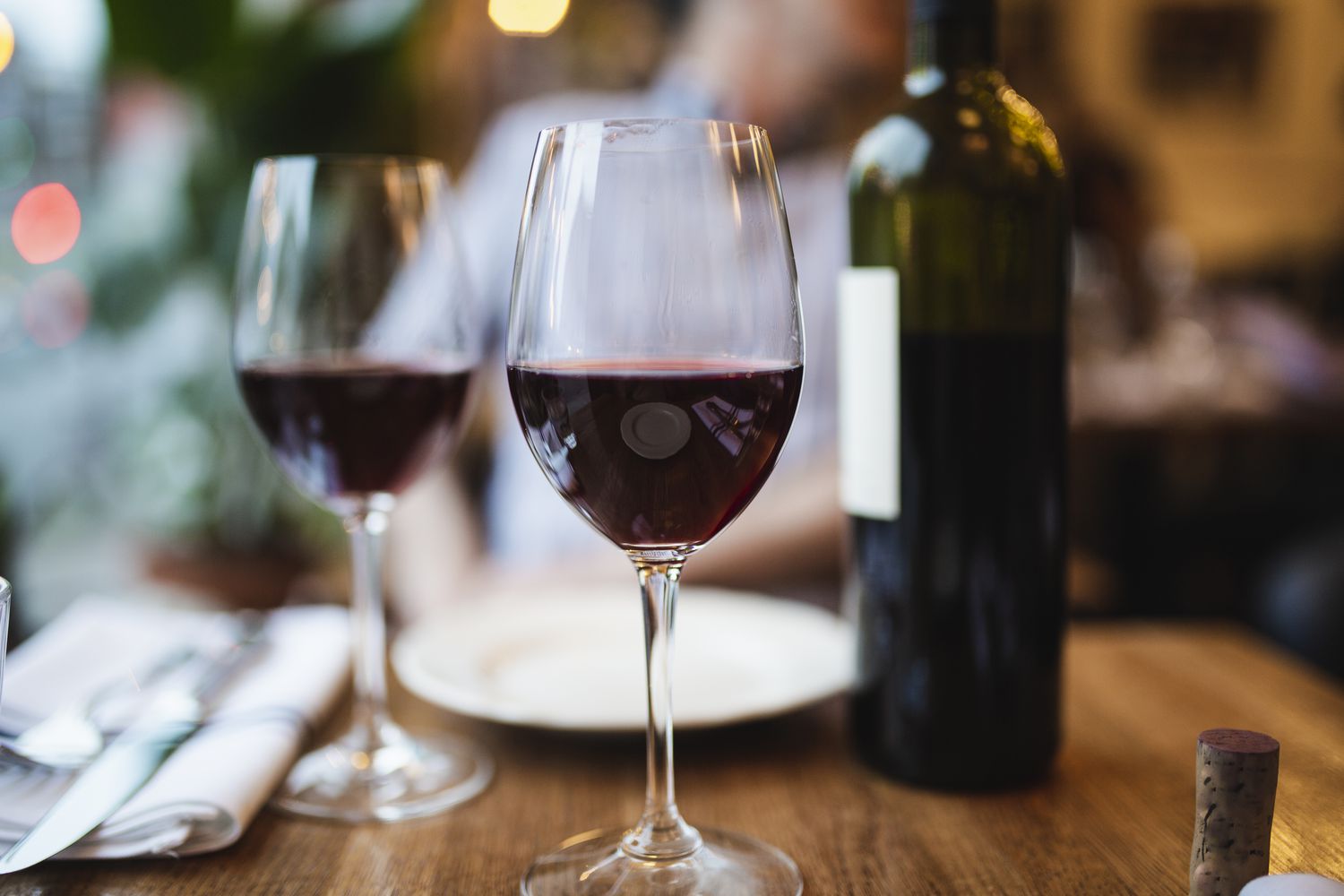
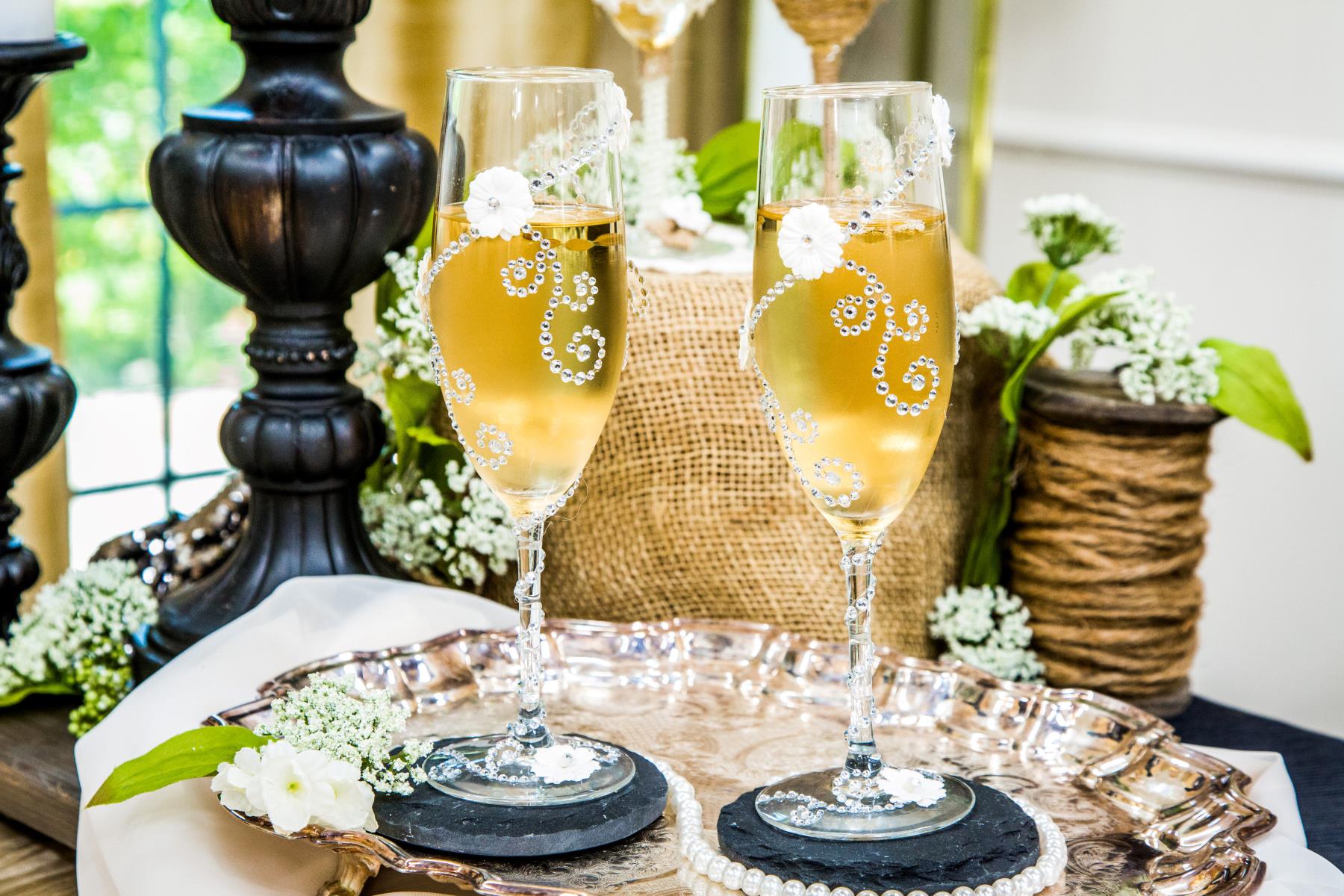
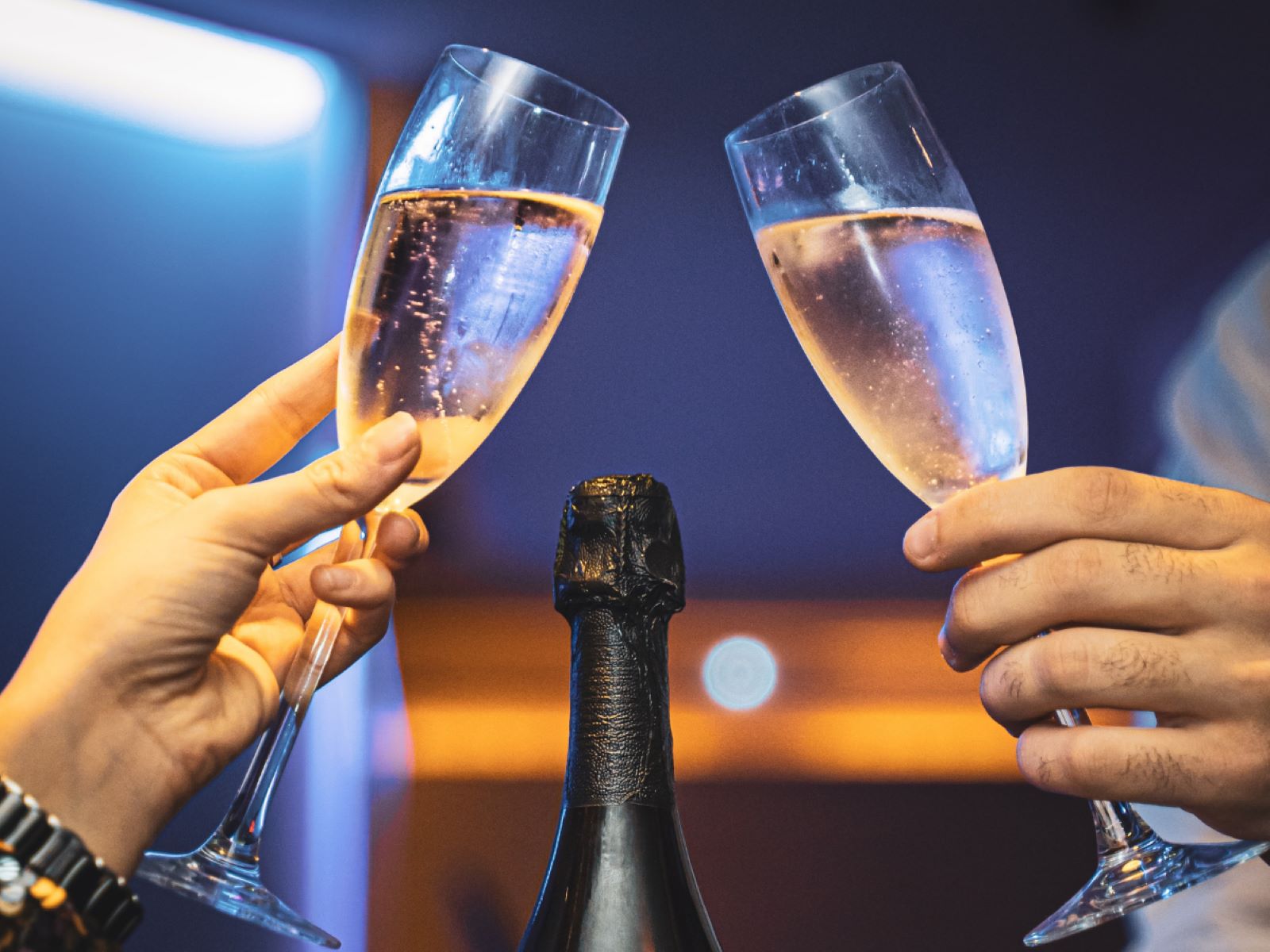
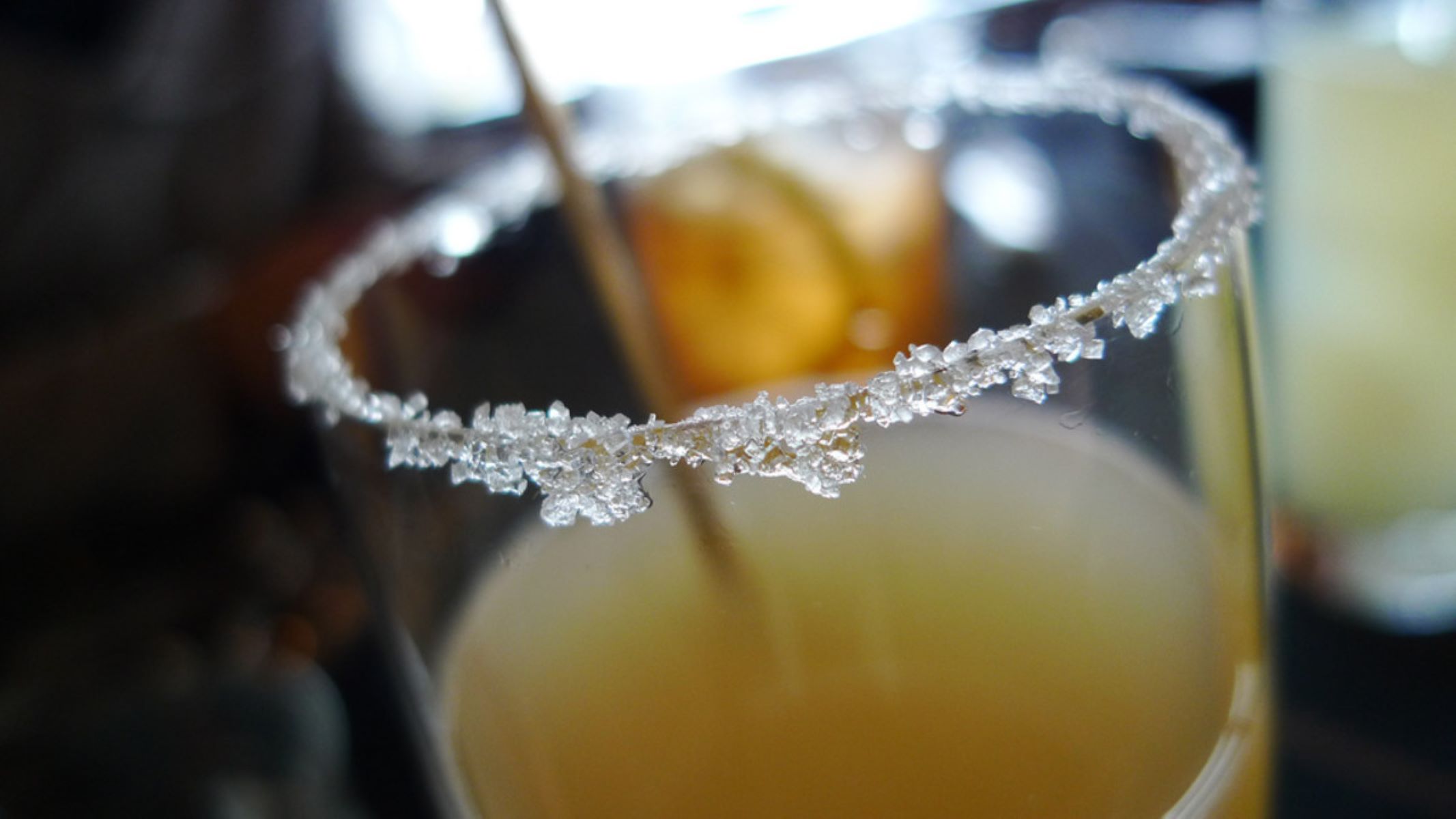
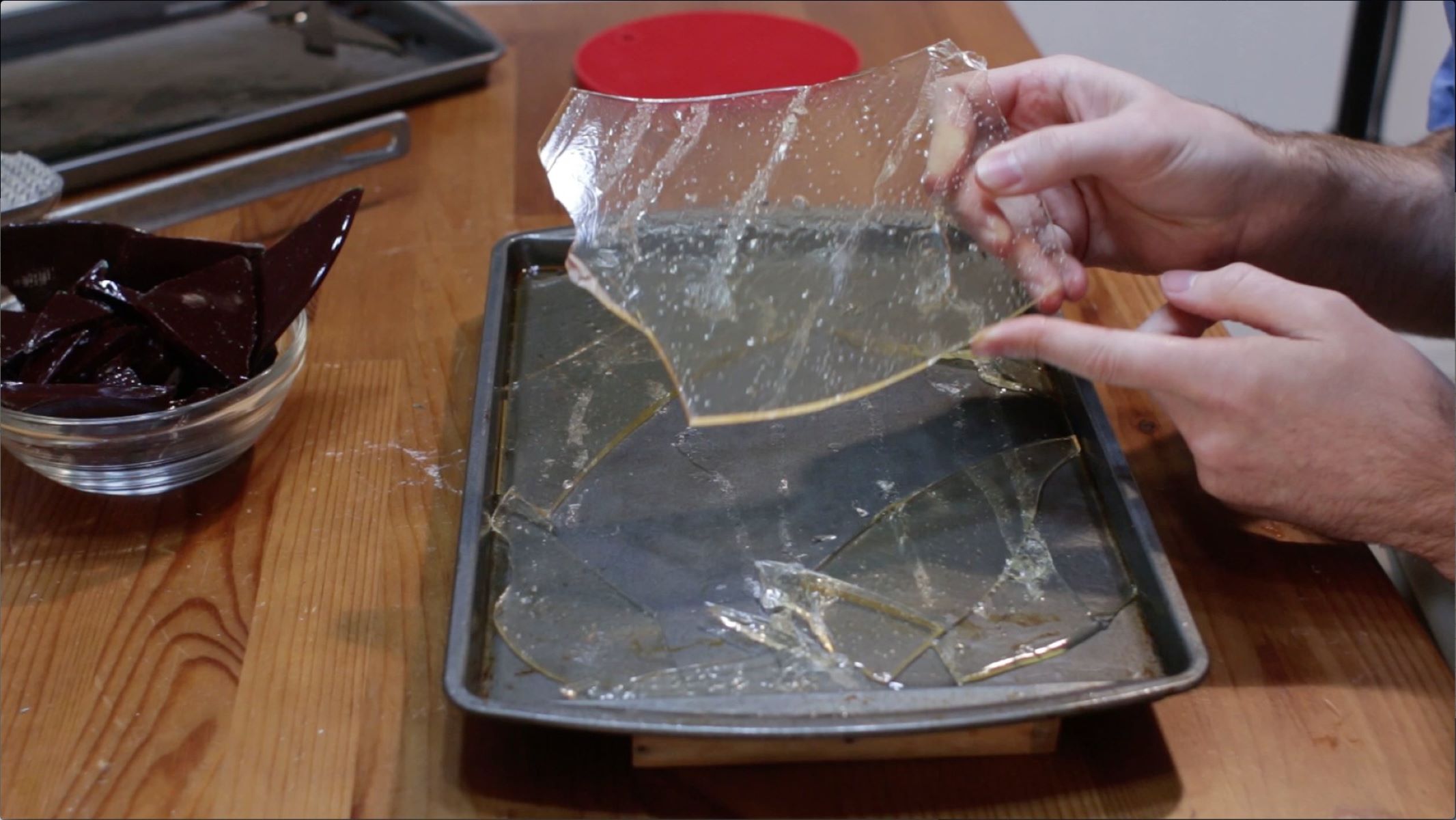
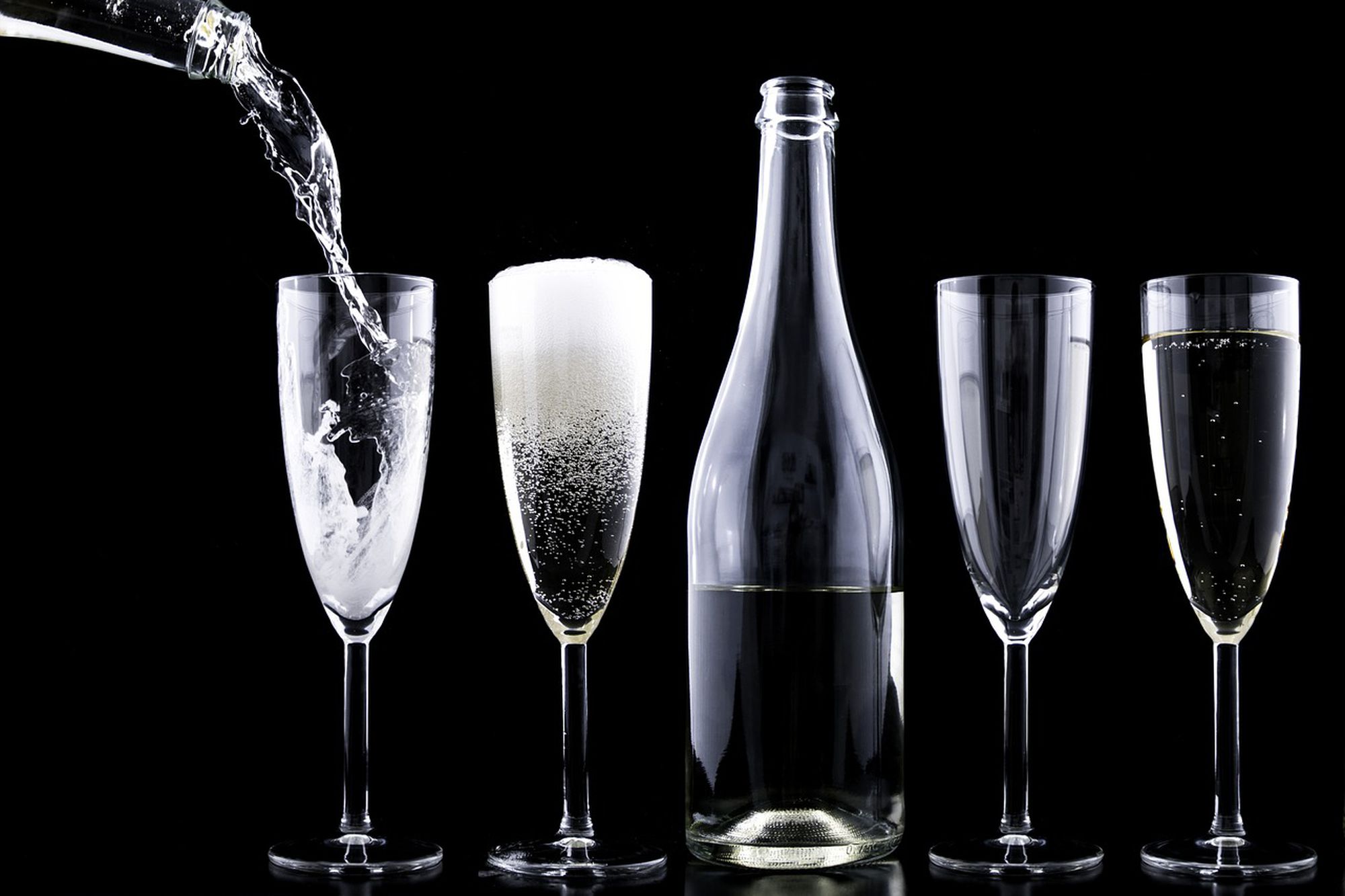
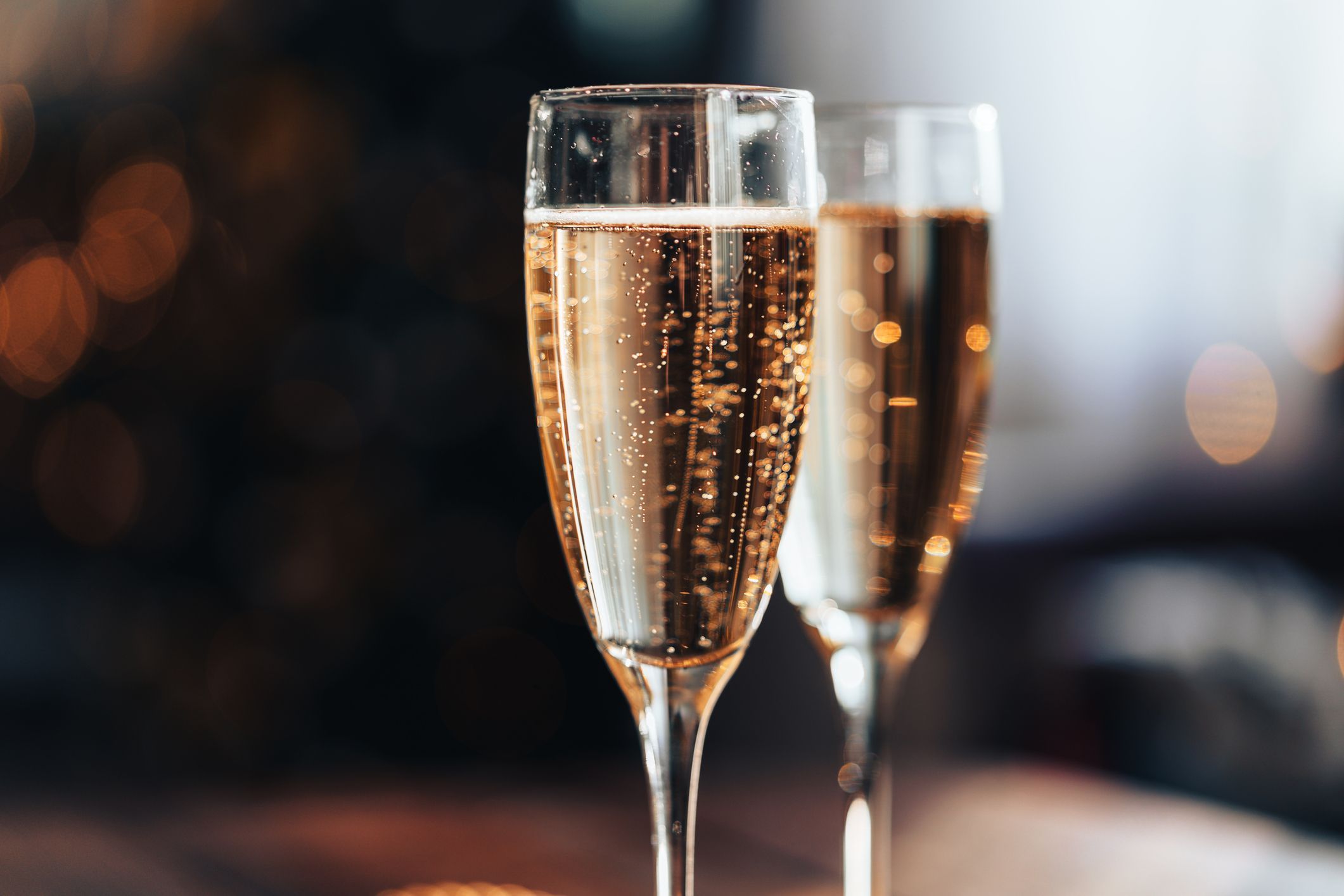
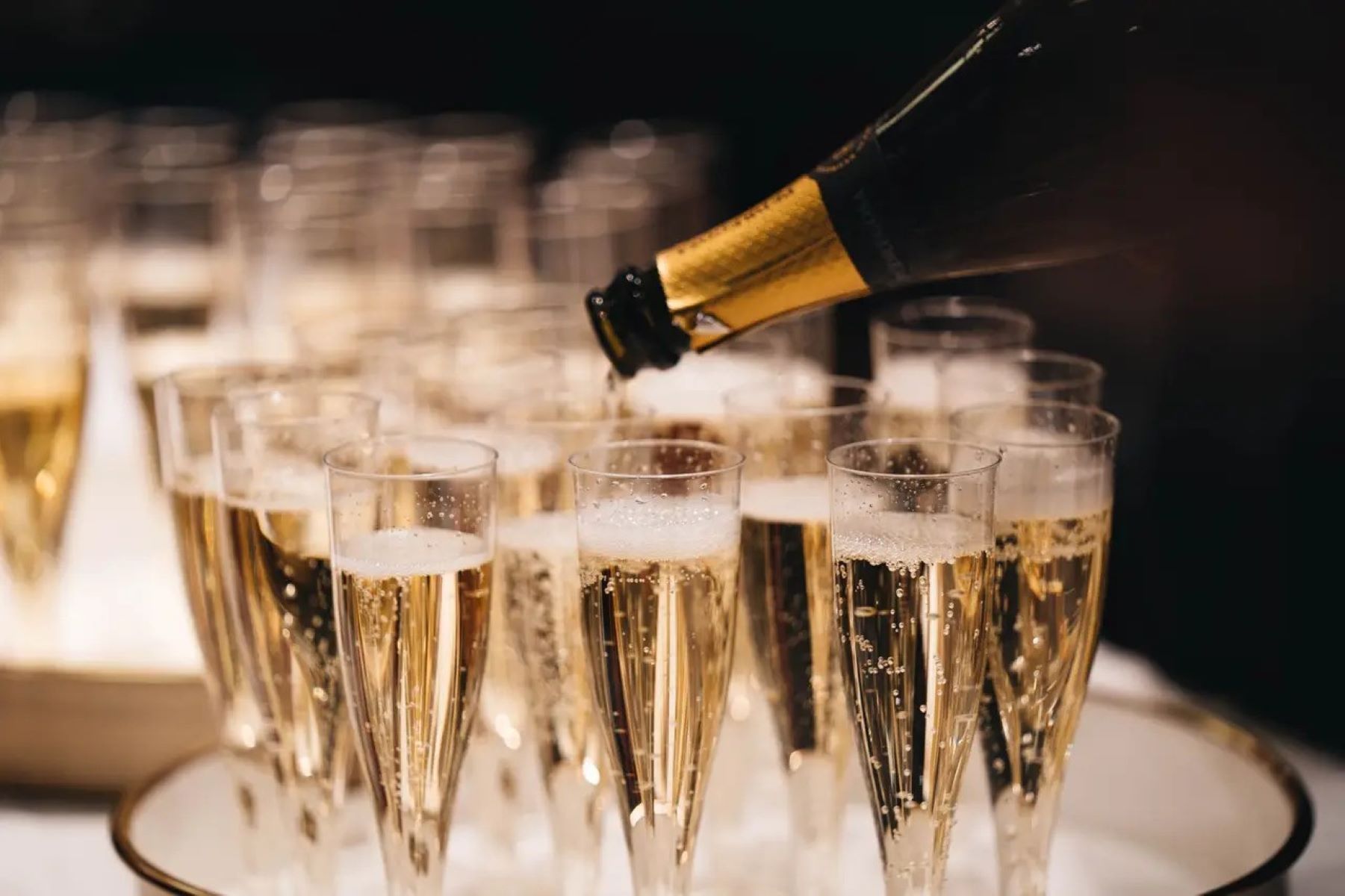
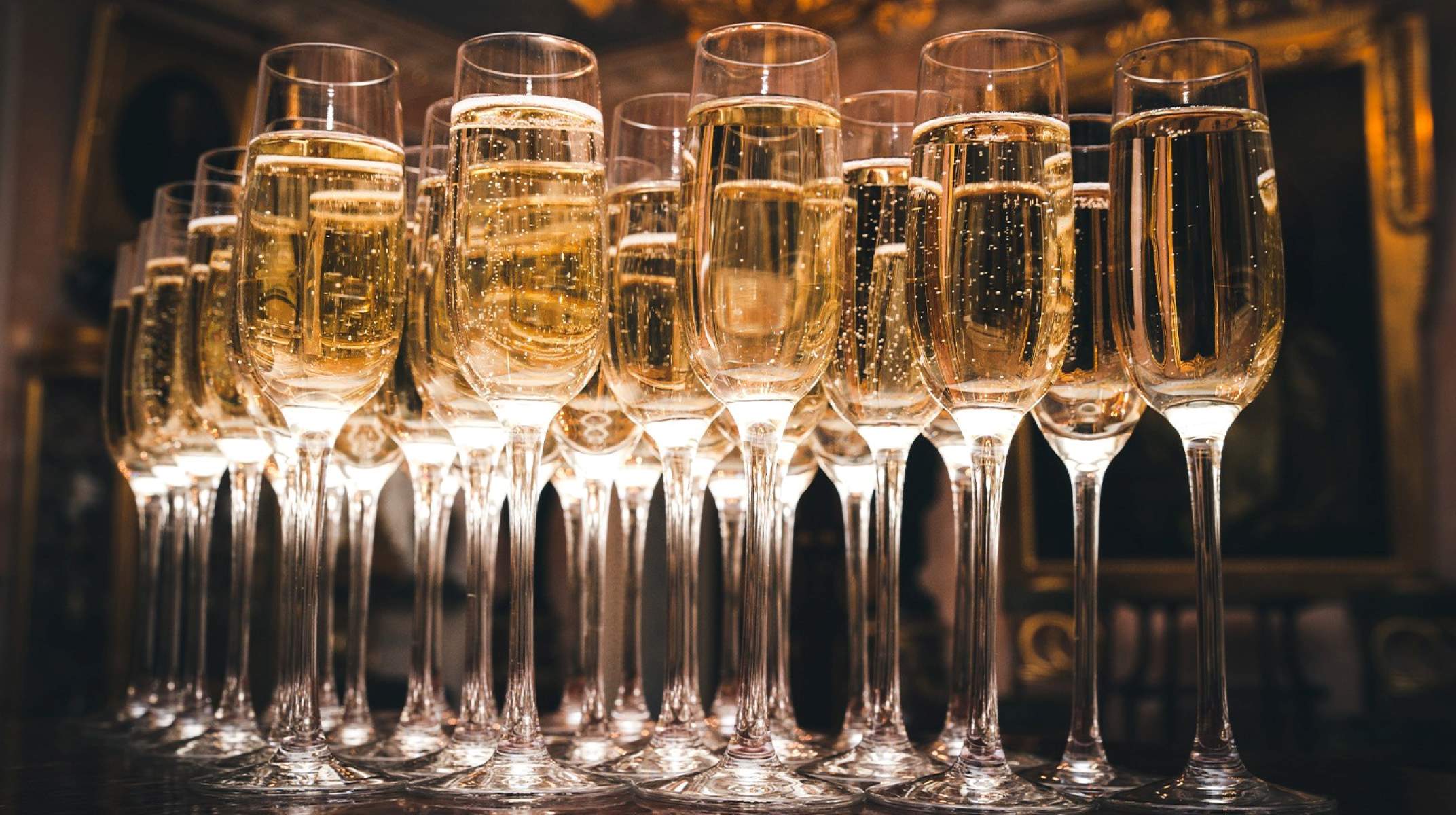

0 thoughts on “How Much Sugar Is In A Glass Of Champagne”